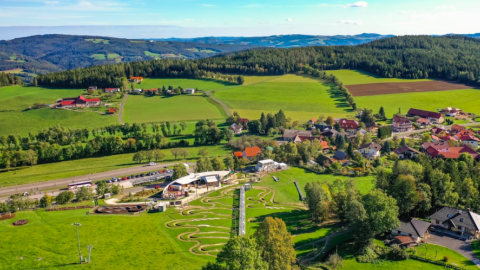Ghost village?
Hallstatt, located in Austria’s Salzkammergut region, is a favorite among travelers for its fairytale-like scenery, charming houses and cafes, picturesque setting, and prime waterfront location. What could be more romantic than wandering the streets of this fairytale village, drinking coffee amidst the mountain scenery, and watching the sun set over the lake?

The fairytale-like village of Hallstatt is one of the most popular tourist destinations in the world.
But now, this small village has become a "ghost village".
Normally at this time of year, the village of nearly 800 people would open its doors to nearly 10,000 daily visitors. Everywhere there is a hum of buses and conversations in a myriad of languages, the sky constantly flashing with digital camera flashes.
However, on March 16, the lockdown imposed across Austria changed everything.
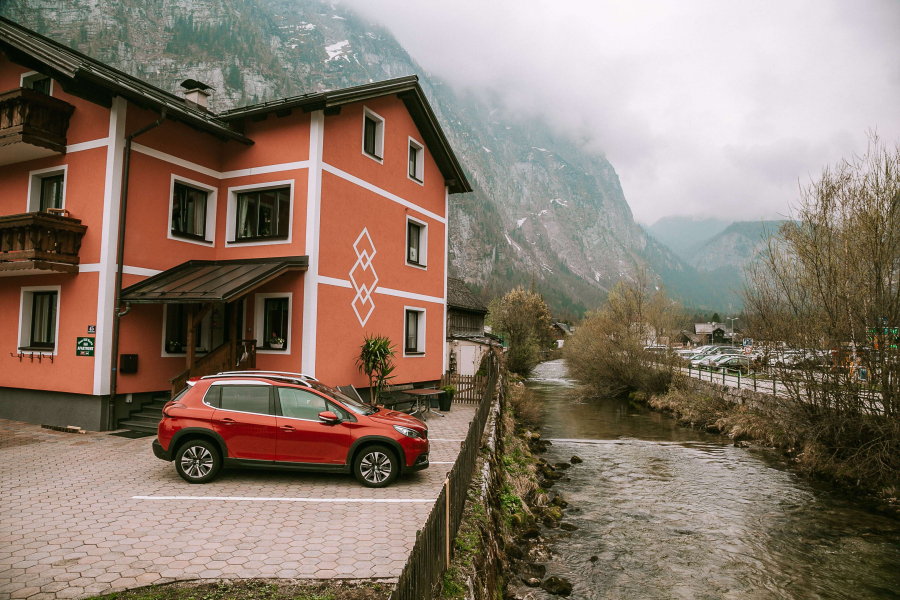
In January, tourism officials in Hallstatt had to impose restrictions, allowing a maximum of 50 buses to the village per day.
"It's like living in a ghost village," said Hallstatt resident Sonja Katharina. "The world has stopped. It's eerie, quiet and still. There are no cars, no buses and no tourists. We can even hear the swans swimming."
As the initial shock gave way to the warmer spring months, Katharina enjoyed the benefits of solitude. She could drive through the streets without fear of hitting pedestrians and spent days cycling leisurely along Seestraße, or “Lake Road,” Hallstatt’s most photographed street, which usually bustles with around 4,000 tourists a day.
The charm of Hallstatt
“The positive thing is that we have time to talk to each other – at a distance, of course,” Katharina laughs. “We don’t have to rush, and we learn to think about what is really important in life.”
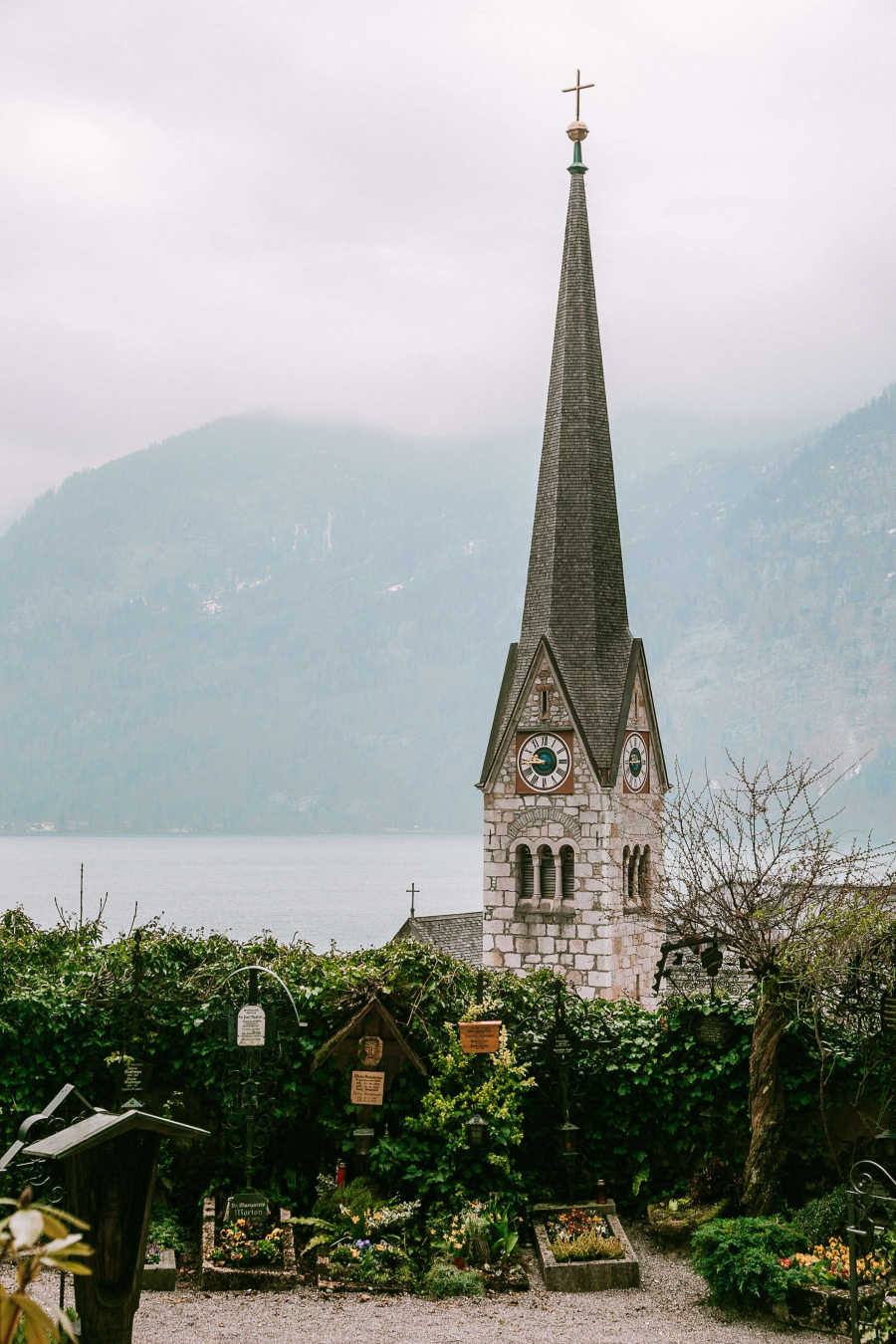


The village's 16th-century architecture and cobblestone streets attracted up to 10,000 visitors a day before Covid-19 struck.
Like Katharina, others are also enjoying the change of pace. “The drop in tourism happened more or less completely unexpectedly,” says local musician Gerhard Hallstatt. “Suddenly, Hallstatt has gone back to its roots.”
A decade ago, the village welcomed about 100 visitors a day. Now, before the Covid-19 pandemic hit, it welcomed more than 1 million overnight visitors a year.
During the summer months, many visitors come from across Asia, the US and the UK; while in the autumn and winter, what attracts tourists from neighbouring countries such as Poland, Hungary, Germany and the Czech Republic are the hiking trails, mountain biking trails and climbing trails that are open at times throughout the year.
Why is Hallstatt village so attractive to tourists?
Some of the reasons are easy to explain. Hallstatt and its surrounding area were recognized in 1997 for its spectacular snow-capped mountains and its long-standing salt mining industry. The mine – one of the world’s oldest – welcomed 19,700 visitors between January and March 15 this year, all eager to learn about the history of the 7,000-year-old tunnels or see the breathtaking view of the salt lake.
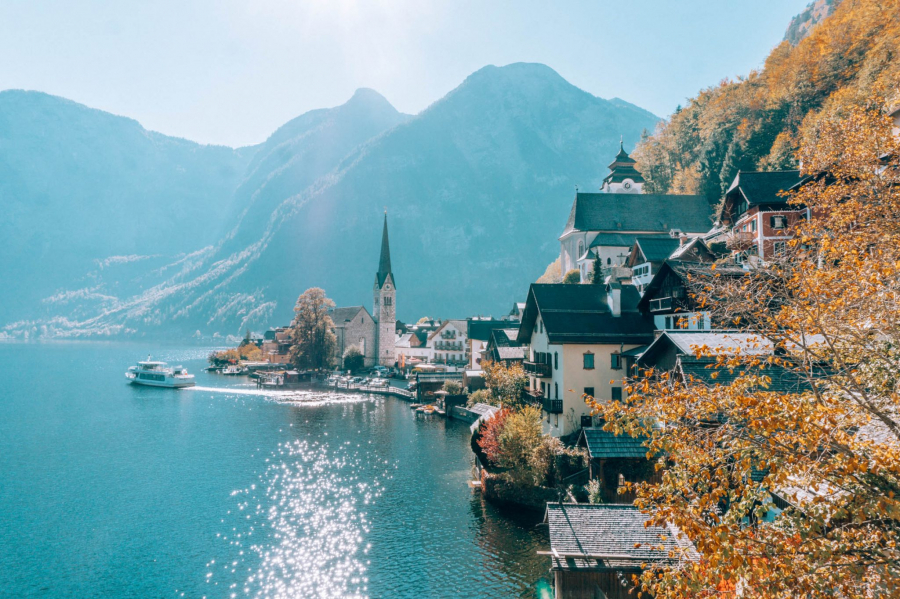
Hallstatt is so popular with Chinese tourists that an identical village has been built in Guangdong province.
Since the lockdown, everything has been down to zero. And while locals may be reconnecting with their roots, the lockdown has also brought uncertainty.
"Hallstatt has always been a tourist hotspot, so a lot of people have lost their jobs or had their hours reduced," says Kurt Reiger, CEO of the Hallstatt salt mine. "There's no feeling of the old town returning to normal because our old town is always full of tourists, which we love."
Other reasons for Hallstatt’s appeal are even more surprising. In 2006, episodes of the popular Korean drama Spring Waltz were filmed in Hallstatt, introducing the village to millions of people in Asia.
And Chinese tourists are flocking here too, thanks in part to the Chinese mining company Minmetals, which in 2012 unveiled a full-size replica of Hallstatt in China’s Guangdong province. The project reportedly cost more than 6.5 billion yuan and functions as a luxury real estate project for the wealthy, rather than the “Pearl of Austria” that the original village is known as.
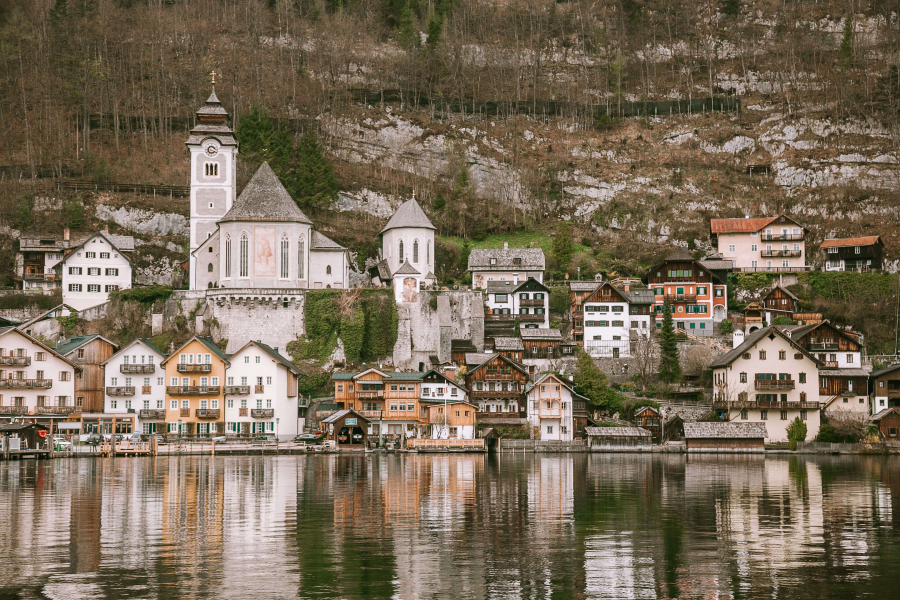
Many believe that the pointed-roof houses perched on the snow-capped slopes of Hallstatt inspired the kingdom of Arendelle in the film Frozen.
Tourists also flocked to Hallstatt thanks to the hugely popular animated film, Frozen. Many believe that Hallstatt's towers and icy peaks were the inspiration for the kingdom of Arendelle in the film. There's just one problem with this theory: it's not true.
“When it comes to Frozen, it's just a rumor,” says Gregor Gritzky, CEO of the local tourist board Dachstein Salzkammergut. “The international press has asked us about it, but it's all just a rumor.” In fact, the real inspiration behind Frozen can be found in a number of locations across Norway, from Akershus Fortress in Oslo to the old merchant quarter of Bryggen in Bergen.
"Missing tourists"
However, one possibly accurate belief is that the village’s reputation as Austria’s most beautiful location may have made Hallstatt Instagram-friendly. Searching #Hallstatt on Instagram brings up more than 600,000 perfectly framed photos of visitors in director-style poses.

Salzwelten, the UNESCO-listed salt mines in Hallstatt, is accessible from the village by cable car.
"Tourism has two sides, just like the two sides of the coin. There have been challenges with visitor numbers, but having tourists is good for the local area," Gritzky said. "We want people to do more than just take a picture, not get out of the car and go to the next place."
While it brings obvious monetary benefits, tourism on this scale also comes with side effects.
Some locals have complained about tourists turning up unannounced in their gardens, and drones flying around are a common annoyance.
In January, tourism leaders in Hallstatt took steps to limit tourist buses to 50 per day.
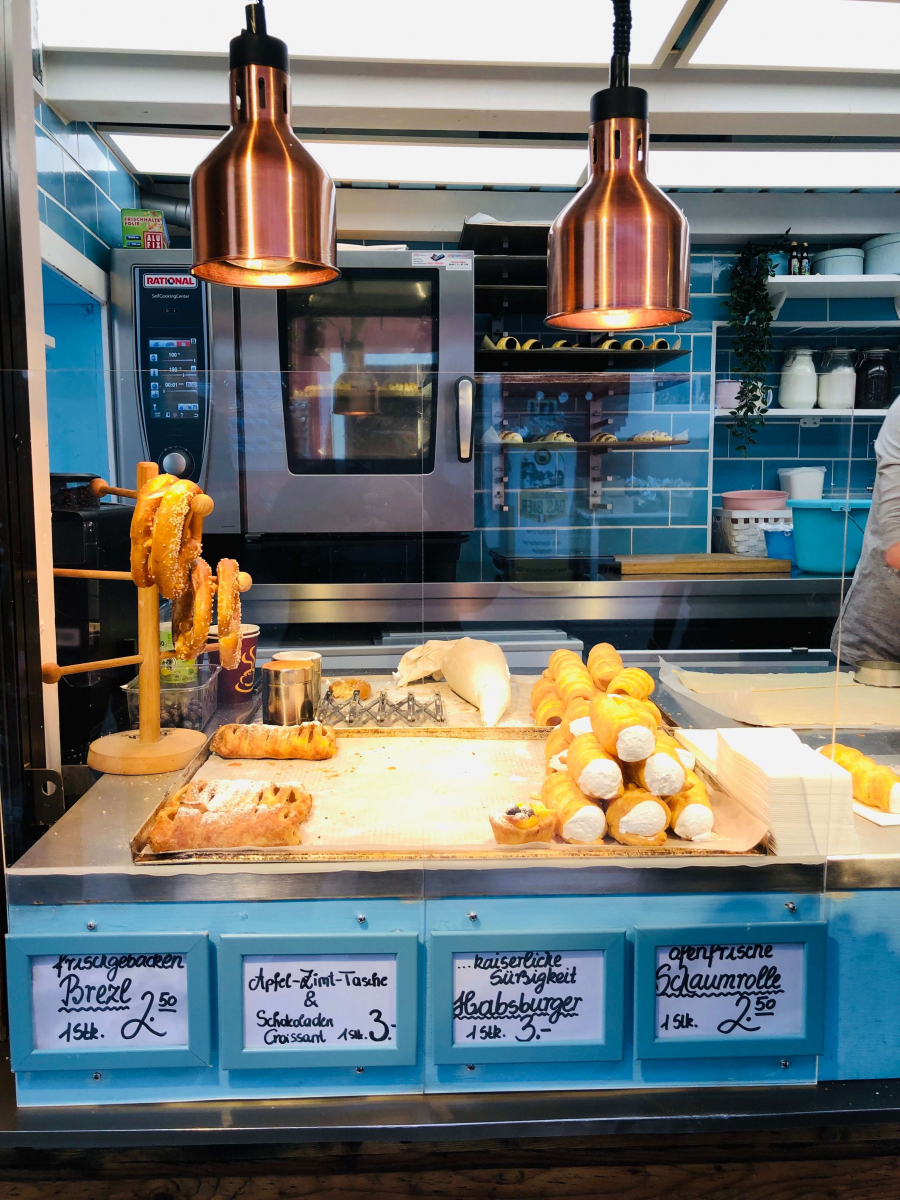

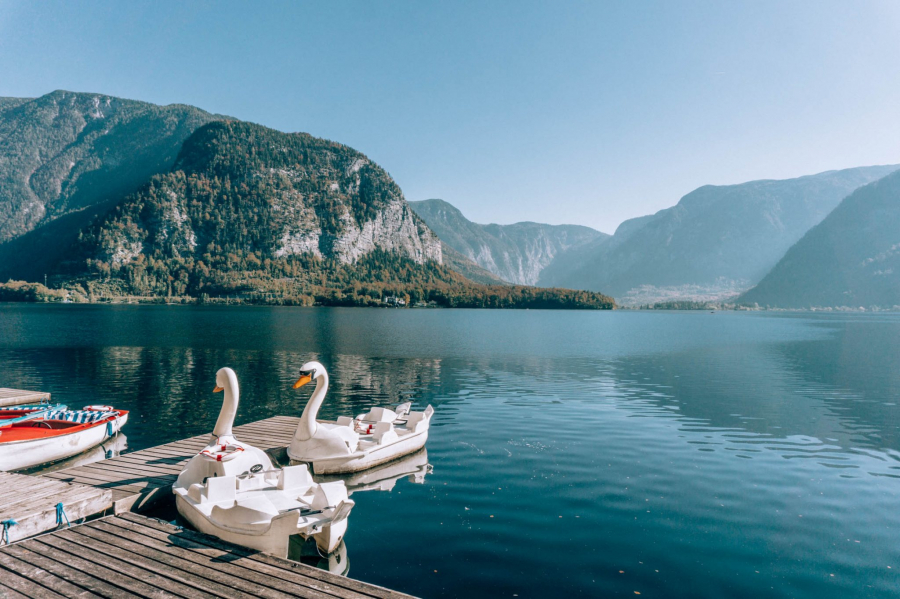
Many people have lost their jobs or had their working hours reduced, and many services have suffered during the Covid-19 lockdown.
However, while recent travel restrictions due to the Covid-19 pandemic have given locals some much-deserved respite, many are starting to miss the tourists.
“It's a nice feeling to have some empty lanes to ourselves, but the people of Hallstatt are happy to share the beauty of the village with friends and visitors from all over the world,” says Gerhard Hallstatt. “The villagers – like everyone who lives in a tourist area – have a certain love-hate relationship with tourism, but the majority of the population depends on it.”
There is good news for the village's recovery, as local tourists are starting to return as lockdown measures are eased across Austria.
In mid-May, Simon König and his partner, who live about an hour's drive from Hallstatt, took advantage of the golden opportunity to "visit this beautiful place without the crowds of tourists".
“It had never been so beautiful,” König recalls. “When we arrived, there was really no one around except the locals working in their homes. Around noon, a few people from the surrounding communities came for the same reason as us.”



As lockdown measures have been eased across Austria, local tourists are starting to return to Hallstatt
In Hallstatt, some hotels have just reopened, as have the famous salt mines. There are still many challenges ahead. “I think it will take time for tourism to recover, but one of the biggest questions is who can come and in what timeframe?” says Gritzky.
But perhaps Hallstatt hasn't lost what makes it special, even if international visitors can't get there yet. Because Hallstatt is one of the few destinations where the actual beauty exceeds expectations when visiting in person."





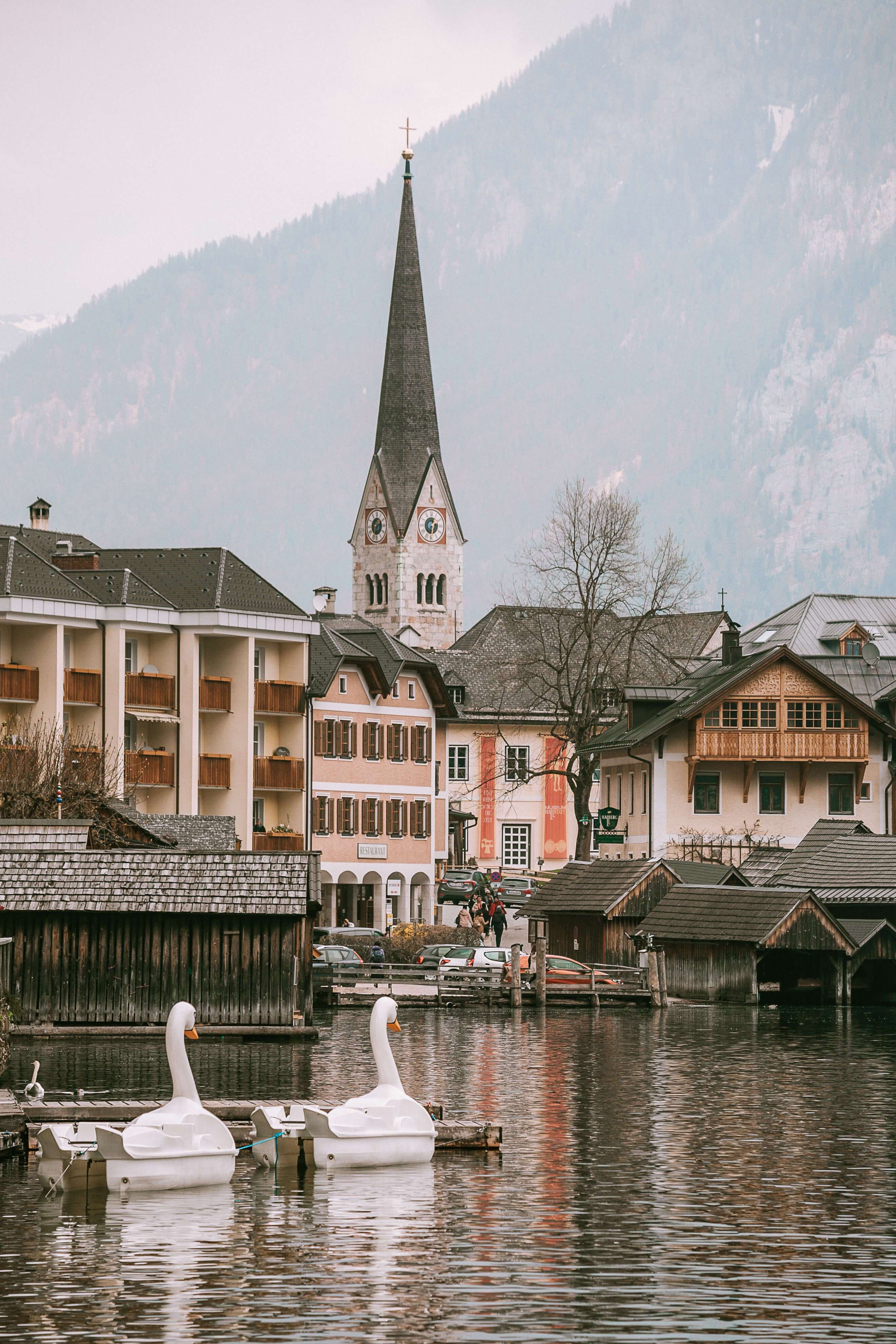













.jpg.jpg)








